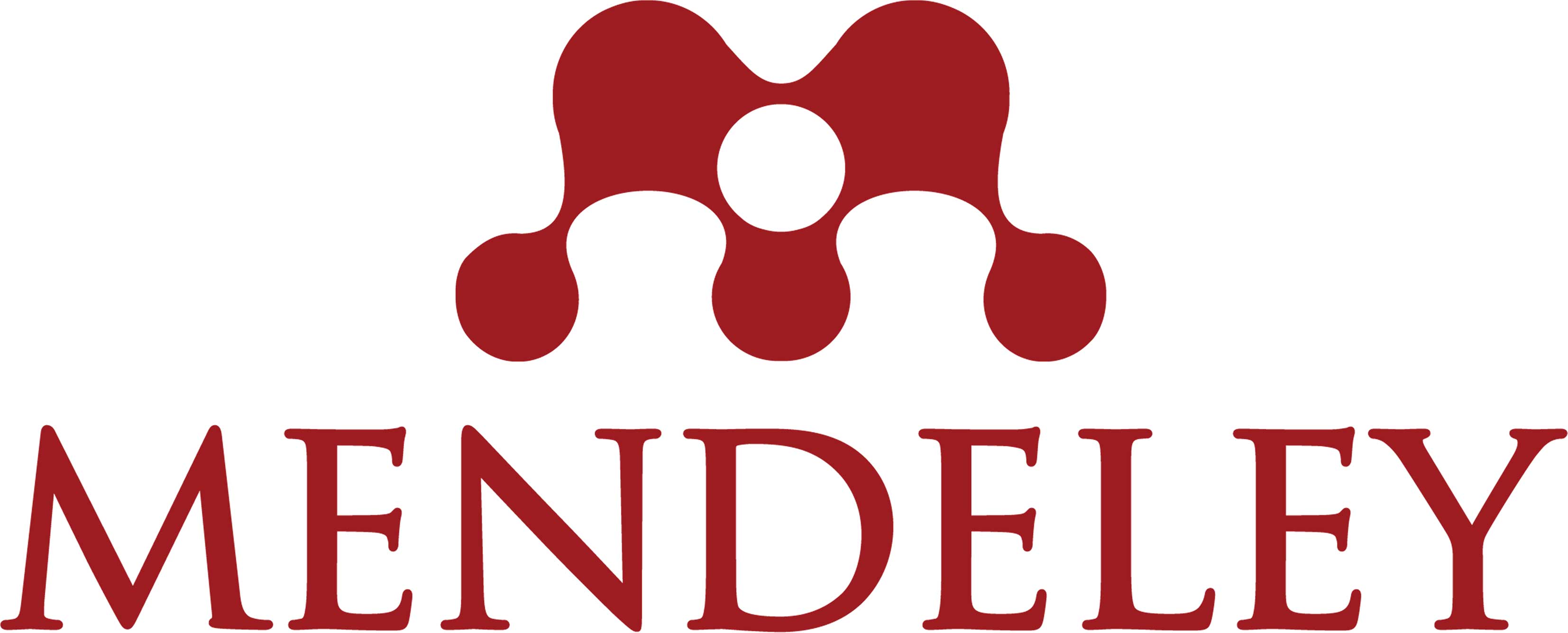PENGARUH TEKNIK COGNITIVE RESTRUCTURING TERHADAP KECEMASAN SOSIAL SISWA
Abstract
The purpose of this study was to determine the effect of cognitive restructuring techniques on students' social anxiety. The research design used in this study was one group pretest-posttest design.The population in this study was grade VII students of SMPN 5 Gerung with a total of 37 students, and the samples in this study were 9 people who were indicated to have high levels of social anxiety based on the results pre-test. The sampling technique used was purposive sampling. Data collection techniques used were questionnaires as the main method and methods of observation, interviews and documentation as a complementary method. The results of this study indicate that cognitive restructuring techniques have an effect on minimizing students' social anxiety.
References
American Psychiatric Association. 1994. Diagnostic and statistical manual of mental disorder. DSM IV. Fourth. Washington: American Psychiatric Association.
Anggia, M.I. 2018. Efefktivitas layanan konseling kelompok teknik restrukturisasi kognitif untuk merdeksi kecemasan menghadapi ujian Siswa Kelas VII SMP N 22 Kota Bengkulu. Skripsi. Universitas Bengkulu.
Apriyanti, S. 2014. Efektifitas Teknik Restructuring Kognitif Untuk Mereduksi Kecemasan Komunikasi Pada Remaja: Penelitian Pra-Eksperimen Terhadap Peserta Didik Kelas X SMA Pasundan 2 Bandung Tahun Ajaran 2013/2014. Skripsi. Jurusan Psikologi Pendidikan Dan Bimbingan UI.
De Celrg, L. 1994. Tingkah Laku Abnormal: Dari Sudut Pandang Perkembangan. Jakarta: Grasindo.
Durand, V.M. 2006. Intisari Psikologi Abnormal. Yogyakarta: Pustaka Pelajar
Dobson. 2009. Evidence-Based practice of cognitive Behavioral Theraphy. New York: Guilfords Press.
La Greca, A.M. & Lopez, N. 1998. Social anxiety among adolescents: Linkages with peer relation and friendships. Journal of Abnormal Child Psychology. 5 (3) 83-94.
Murphy, et. al. 2017. Cognitive behaviour therapy versus a counselling intervention for anxiety in young people with high-functioning autism spectrum disorders: A pilot randomised controlled trial. Journal Autism Development Disorder, 47, 3446-3457.
Muris, P., Mayer, B., Adel, M., Roos, T., & Wamelen, J. (2009). Predictors of change following cognitive-behavioral treatment of children with anxiety problems: A preliminary investigation on negative automatic thoughts and anxiety control. Journal Child Psychiatry Human Development, 40, 139-151.
Nursalim, M. 2013. Strategi & Intervensi Konseling. Jakarta: Indeks.
Semiun, Y. 2006. Kesehatan Mental 2. Yogyakarta: Kanisius.
Wulida, A.F. 2014. Pengaruh teknik cognitive restructuring dalam mereduksi tingkat kecemasan sosial siswa kelas VIII Madrasah Tsanawiyah Negeri Sidoarjo. Skripsi. Tidak diterbitkan. Universitas Islam Negeri Sunan Ampel Surabaya.
Copyright (c) 2020 Muhammad Rifaldi

This work is licensed under a Creative Commons Attribution-ShareAlike 4.0 International License.
Authors who publish with this journal agree to the following terms:
1) Authors retain copyright and grant the journal right of first publication with the work simultaneously licensed under a Creative Commons Attribution License that allows others to share the work with an acknowledgment of the work's authorship and initial publication in this journal.
2) Authors are able to enter into separate, additional contractual arrangements for the non-exclusive distribution of the journal's published version of the work (e.g., post it to an institutional repository or publish it in a book), with an acknowledgment of its initial publication in this journal.
3) Authors are permitted and encouraged to post their work online (e.g., in institutional repositories or on their website) prior to and during the submission process, as it can lead to productive exchanges, as well as earlier and greater citation of published work.





